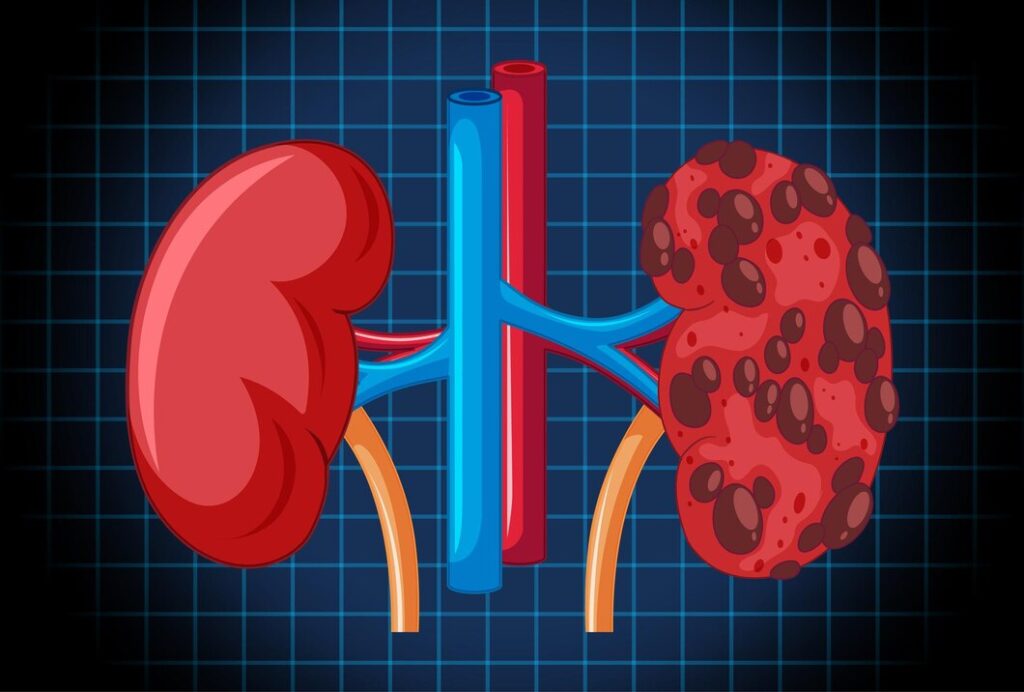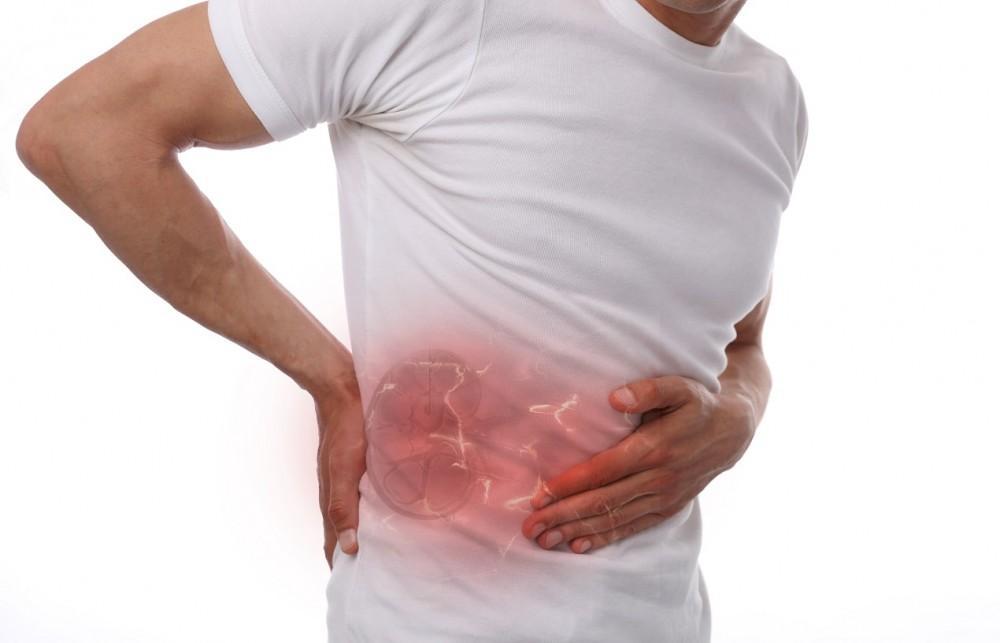Kidney and gallbladder stones have become increasingly common health issues in recent years, particularly during the summer months. Hospitals report a surge in cases between June and August. While doctors have long attributed this to factors like low water intake and specific dietary habits, a new study by AIIMS has uncovered a surprising new cause — metal elements present in air and soil.
According to research conducted by the Department of Urology at AIIMS, elements such as cobalt and chromium, which are commonly used in various industries, may be contributing to the formation of kidney stones. Cobalt is widely used in industrial applications, while chromium is a shiny, grayish-brown metal found in many products. These metals, when released into the environment through industrial activities, contaminate air and soil. People living in polluted areas may inhale or ingest these elements through air, food, or water.

The study found that exposure to these metals increases the likelihood of developing calcium oxalate stones — the most common type of kidney stone. This happens because the metals interfere with the body’s natural ability to manage minerals, leading to the crystallization of calcium and oxalate in the kidneys.
First-of-its-Kind Study in India
Dr. Amlesh Seth, one of the lead researchers, stated that this is the first study of its kind in India. It examined the levels of metals in the blood, urine, and kidney stone fragments of patients and compared them with individuals who do not have stones. This pioneering research could help doctors identify new risk factors and pave the way for more effective treatment and prevention strategies. Additionally, it could assist in developing protective measures for people living in highly polluted areas.
What Causes Kidney Stones?
Urine contains various minerals and acids, including calcium, sodium, oxalate, and uric acid. When a person drinks enough water, these substances pass harmlessly through the body. However, when water intake is low, urine becomes concentrated, allowing these particles to stick together and form crystals, which may grow into stones over time. This process can take months or even years.

Although kidney stones can occur at any age, they are most commonly found in men between 30 and 40 years old. The most typical symptom is pain in the lower back, abdomen, or side. The pain can range from mild to severe and may radiate down toward the groin area.
How to Prevent It?
- Stay Hydrated: Drinking sufficient water is the simplest and most effective way to prevent stones.
- Eat a Balanced Diet: Avoid foods high in oxalates, such as spinach, nuts, and chocolate.
- Seek Medical Help: If you experience symptoms like sharp abdominal or back pain, consult a doctor immediately.
This groundbreaking AIIMS study highlights the growing concern over environmental pollution and its hidden effects on human health. It also underscores the need for stricter pollution control and more awareness about lifestyle and environmental factors contributing to kidney stone formation.
